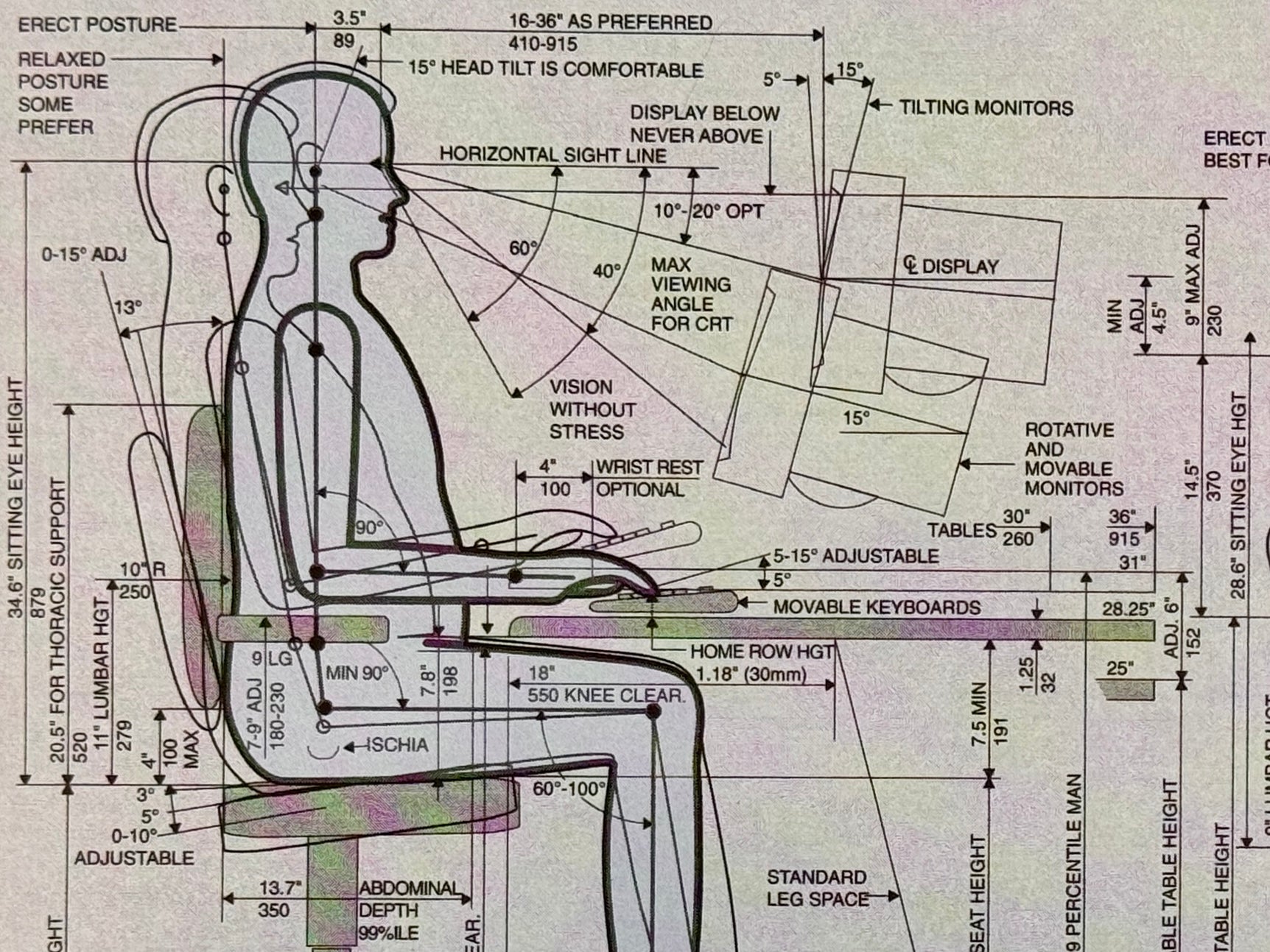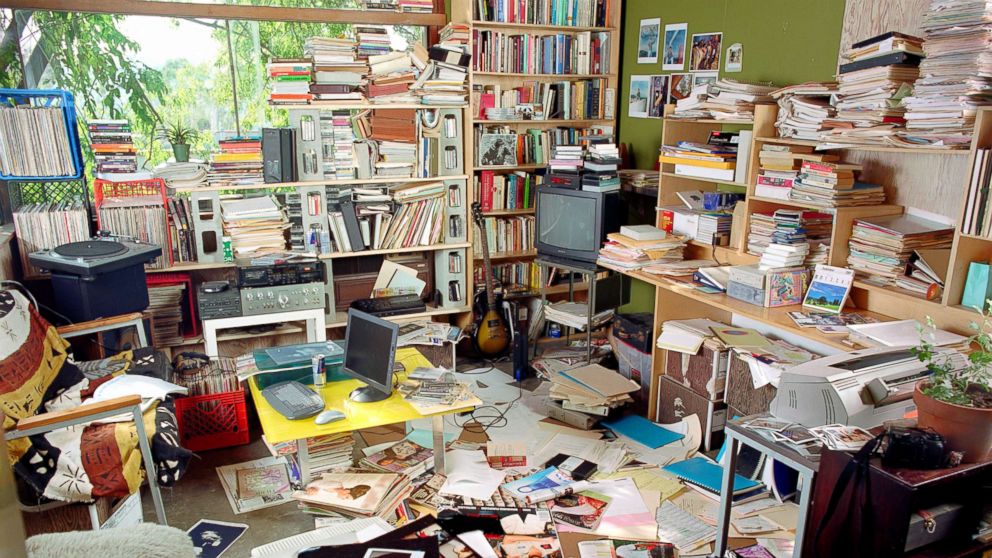We here at De-Fi have a background in making complex electronic instruments. There are universal product development disciplines we’ve used throughout our careers that we’ve taken into furniture design, and the user story is foundational to this discipline (more here). In this ongoing series we’re going to explore actual user stories that we created based on feedback, and how they drove development.
This week’s user story, verbatim from the updated Platform Studio Desk’s specification:
- I’m willing to spend a bit more for a studio desk if it looks the part and will last, however, I’m not friggin’ Jeffrey Bezos.
One of the more frustrating aspects of being in the wood furniture business is random internet folks who look at your products and because they can cut wood, think they can do it themselves, so naturally, our products must be wildly overpriced. The flip side, is one of the more edifying aspects, when you get to the part of the DIY “Build your own Platform” vid where they inevitably end up with something worse, realize that it didn’t really save them much money, and if they value their time, ended up costing more for a desk with a bunch of janky looking cable management holes as well as missing a lot of subtle features and joinery that you don’t really notice unless they’re not there.
This also happens with hacks. In Wired’s most recent review of Platform, Terrence the reviewer went on a journey of self discovery to come to the conclusion that Platform isn’t overpriced. Below is his journey:
Platform certainly isn’t the cheapest studio desk, with a starting price of $999. Most desks under that are smaller, look like cheap crap, or lack features like a keyboard tray. So I started trying to price out a full-featured DIY alternative that wouldn’t sacrifice too much in the looks department.
I figured I might as well start with a pair of Alex drawer units ($90) from Ikea so I didn’t have to give up any storage space. A while back I did replace my Lagkapten tabletop with a Karlby butcher block countertop. It looked much nicer, but the reason to choose it here is that it comes in a much larger 98-inch size ($229). If you want room for an 88-key keyboard tray between the drawer units you’ll need to go big. If you want a smaller keyboard tray or decide you don’t need drawers, you can save some money (and space) by going with the 74-inch countertop ($179)or a smaller tabletop ($70) and a few Hilver legs ($20 apiece). There are a handful of keyboard tray options on Etsy and Reverb. Ones large enough to fit an 88-key keyboard generally range from $300 to $400. Instead of three sets of 3U racks, it’s much easier to get two 4U racks if you’re going the DIY route. Ones that have wooden sides to match the countertop or tabletop you choose will set you back $130 apiece. You’ll also probably want to pick up a tray or two for routing cables ($20).
At this point I realized that going the DIY route wasn’t going to save me as much money as I thought. You could save some money by going with the cheapest (and ugliest) versions of all these things, but if you want to keep your hacked Ikea studio desk from looking too ragtag, you could easily spend north of $800.
As much as I wanted to firmly plant my face in my palm the first time I read this, I realized that he’d actually done us a service by going through this exercise, and this was for a desk that didn’t have a producer’s specific workflow in mind.
We’re musicians, and since we’re not Spotify, understand budgets. We needed to create a compelling design that didn’t break the bank, but to have value, also needed to spend a bit of money on the inputs to get a good product on the back end. We needed to create a compelling product in not only design, which I’m confident we nailed, but material, since that’s a massive aspect of value. We spent a lot of time thinking about this.
Ideally, we would have liked to go with solid wood, but we’d probably be looking at a $4,000 price tag. That left us with engineered options, and we went with furniture grade birch ply because it’s still a natural material, and because it’s natural, each desk would be unique with grain patterns created by nature, not a printer. We didn’t want formica style laminate like a lot of the black desks out there, and we didn’t want fake looking wood like thermofoil. Actual wood touch points were a requirement, which birch ply delivers. Birch ply stands up well to different humidity levels, and doesn’t crack like particle board and MDF cores if you put too much weight on it. It would also get us to a reasonable price point.
Unfortunately, like everything else since the pandemic and war in Ukraine, all of our input prices went up, and as much as we hate it, it’s reflected in our pricing to you. That said, everyone else's did too. I cannot find studio furniture on the market that matches our aesthetic, structural engineering, or quality of materials at even twice the price. Believe me, I look.
We realize that you’re not Jeffrey friggin’ Bezos, but we're confident that we delivered compelling products with the Studio Collection that provide much more value than similarly priced hacks, Etsy knockoffs, or doing it yourself.



